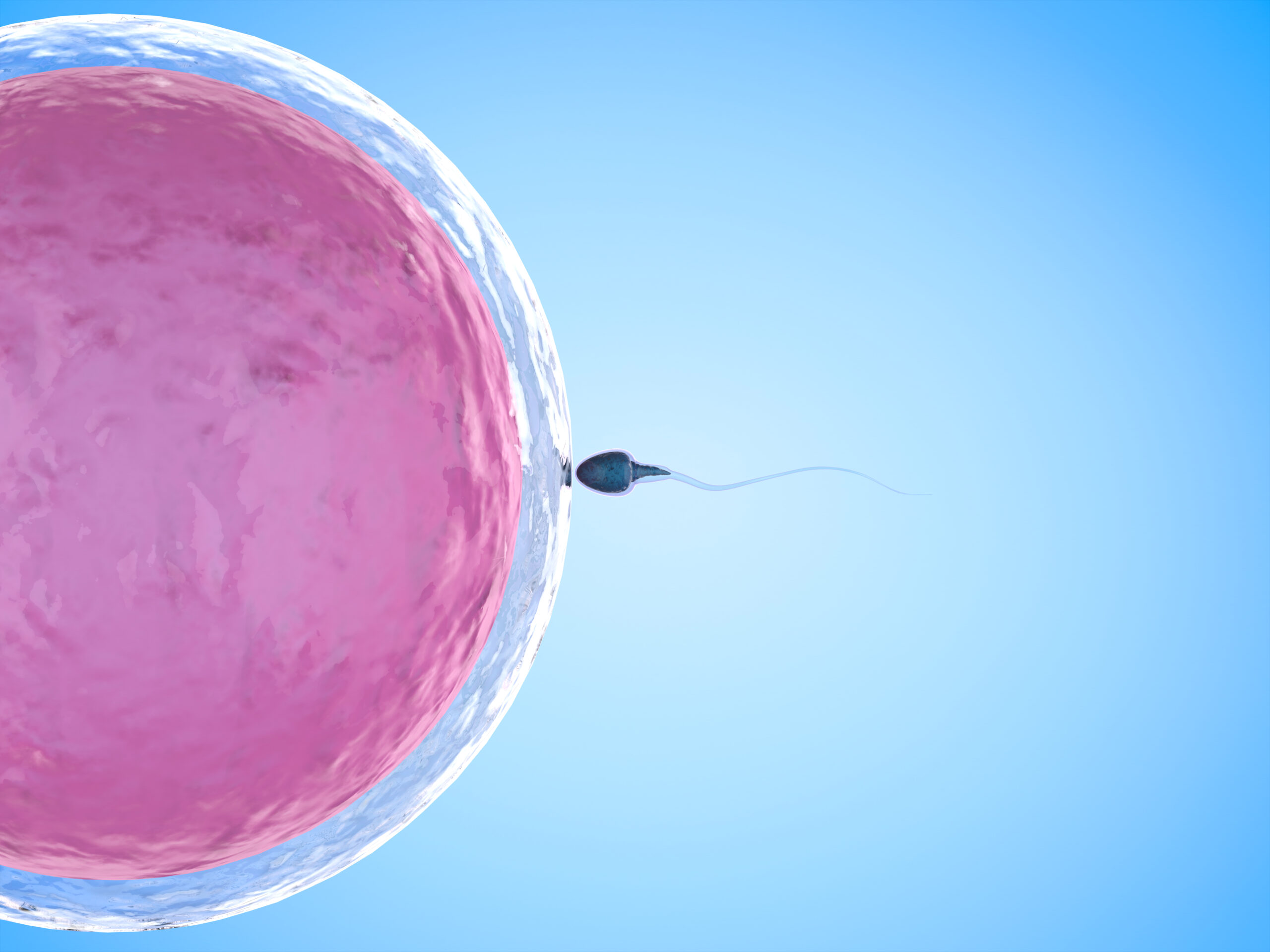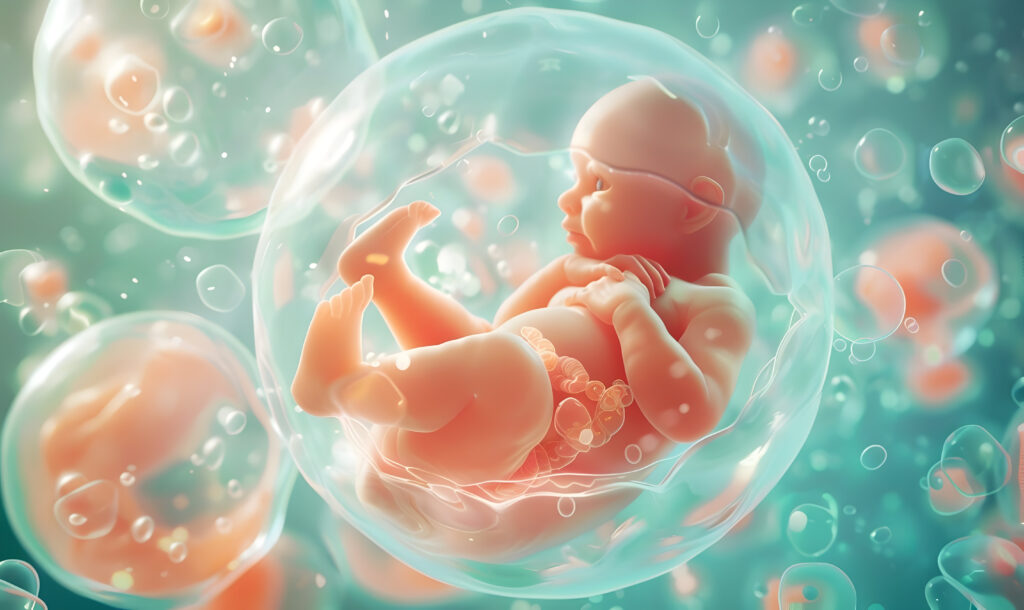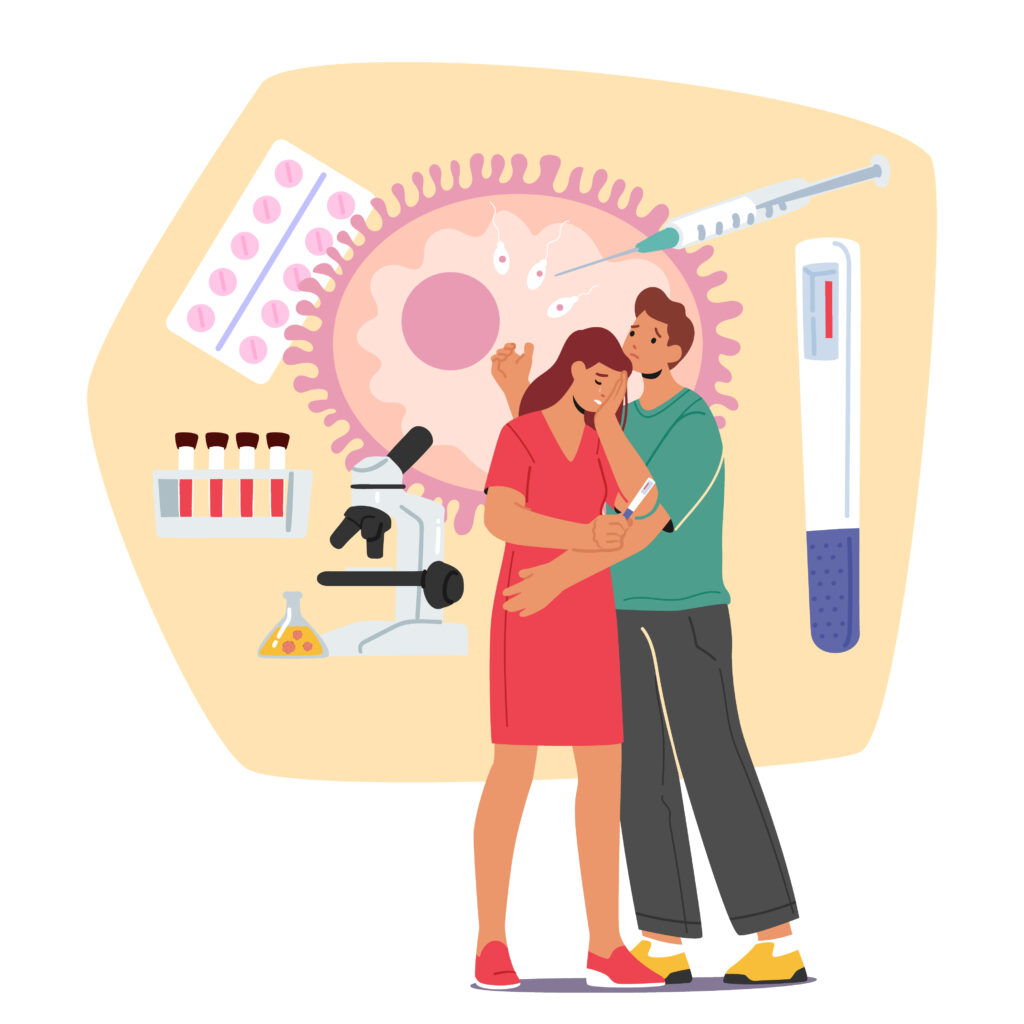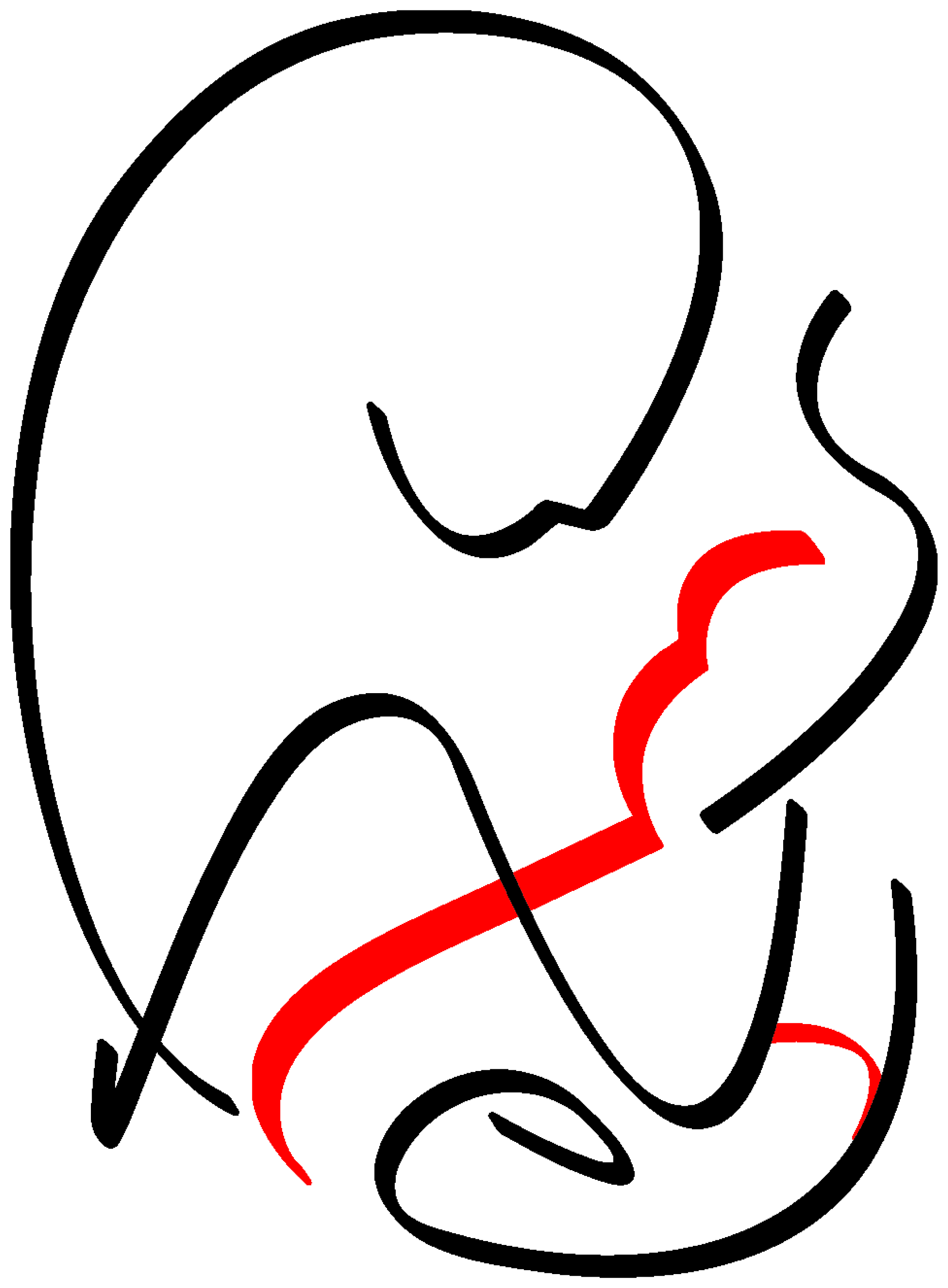
IVF Protocols And Fertility Testing: IVF is an assisted reproductive technology (ART) used to help individuals and couples conceive a child. It involves the fertilization of an egg outside the body and the subsequent transfer of the embryo into the uterus.

IVF Protocols And Fertility Testing
- IVF Protocols
IVF protocols vary based on individual health, age, and fertility issues. They generally include the following phases:
- Ovarian Stimulation:
- Purpose: To stimulate the ovaries to produce multiple eggs.
- Medications:
- Gonadotropins (e.g., FSH, LH)
- GnRH Agonists/Antagonists (to prevent premature ovulation)
- Monitoring: Regular ultrasounds and blood tests to monitor ovarian response and hormone levels.
- Egg Retrieval (Aspiration):
- Procedure: A minor surgical procedure done under sedation to retrieve eggs from the ovaries using a transvaginal ultrasound-guided needle.
- Timing: Performed once eggs are deemed mature.
- Fertilization:
- Method: Eggs are fertilized with sperm in the lab.
- Techniques:
- Conventional IVF: Eggs and sperm are combined in a culture dish.
- ICSI (Intracytoplasmic Sperm Injection): A single sperm is injected directly into an egg, used in cases of male infertility.
- Embryo Culture:
- Duration: Embryos are cultured for 3-5 days to reach the blastocyst stage.
- Monitoring: Embryos are assessed for quality and development.
- Embryo Transfer:
- Procedure: One or more embryos are transferred into the uterus through a catheter.
- Timing: Typically done 3-5 days after egg retrieval.
- Luteal Phase Support:
- Purpose: To support the uterine lining and increase the chances of implantation.
- Medications: Progesterone supplements (oral, vaginal, or injectable).
- Pregnancy Test:
- Timing: Approximately 10-14 days after embryo transfer.
- Method: Blood test to check for pregnancy hormone levels (hCG).

IVF Protocols And Fertility Testing
Fertility Testing
Fertility testing is essential to determine the causes of infertility and to guide treatment options.
- For Women:
- Ovulation Testing: Blood tests to measure hormone levels (e.g., FSH, LH, estradiol, progesterone) and track ovulation.
- Hormone Testing: Evaluates thyroid function, adrenal function, and other hormonal imbalances.
- Ultrasound: Assesses the ovaries and uterus for conditions like cysts, fibroids, or polyps.
- Hysterosalpingography (HSG): An X-ray of the uterus and fallopian tubes to check for blockages or structural issues.
- Sonohysterography: An ultrasound with a saline infusion to evaluate the uterine cavity.
- Endometrial Biopsy: A small sample of the uterine lining is taken to check for abnormalities.
- For Men:
- Semen Analysis: Evaluates sperm count, motility, morphology, and overall semen quality.
- Hormone Testing: Measures levels of testosterone, FSH, and LH.
- Genetic Testing: Identifies genetic conditions that may affect fertility, such as Y chromosome microdeletions.
- Common IVF Protocols
Different protocols are used based on individual needs. Some common protocols include:
- Long Agonist Protocol:
- Description: Uses GnRH agonists to suppress natural hormone production, followed by ovarian stimulation with FSH/LH.
- Used For: Patients with a normal ovarian reserve and no specific issues.
- Antagonist Protocol:
- Description: Uses GnRH antagonists to prevent premature ovulation, combined with stimulation medications.
- Used For: Patients with a risk of ovarian hyperstimulation syndrome (OHSS) or who respond poorly to stimulation.
- Microdose Flare Protocol:
- Description: Uses low doses of GnRH agonists to stimulate the ovaries more aggressively.
- Used For: Patients with low ovarian reserve or poor response to previous stimulation cycles.
- Natural Cycle IVF:
- Description: Uses the natural cycle without stimulation to retrieve the single egg that is naturally produced.
- Used For: Patients with contraindications for stimulation or those who prefer a less invasive approach.
- For Women:
Conclusion:
IVF protocols and fertility testing are complex but critical components in the journey toward conception. Each protocol and test is designed to address specific issues and optimize the chances of a successful pregnancy. Working closely with a fertility specialist can help tailor the approach to individual needs and improve outcomes.
